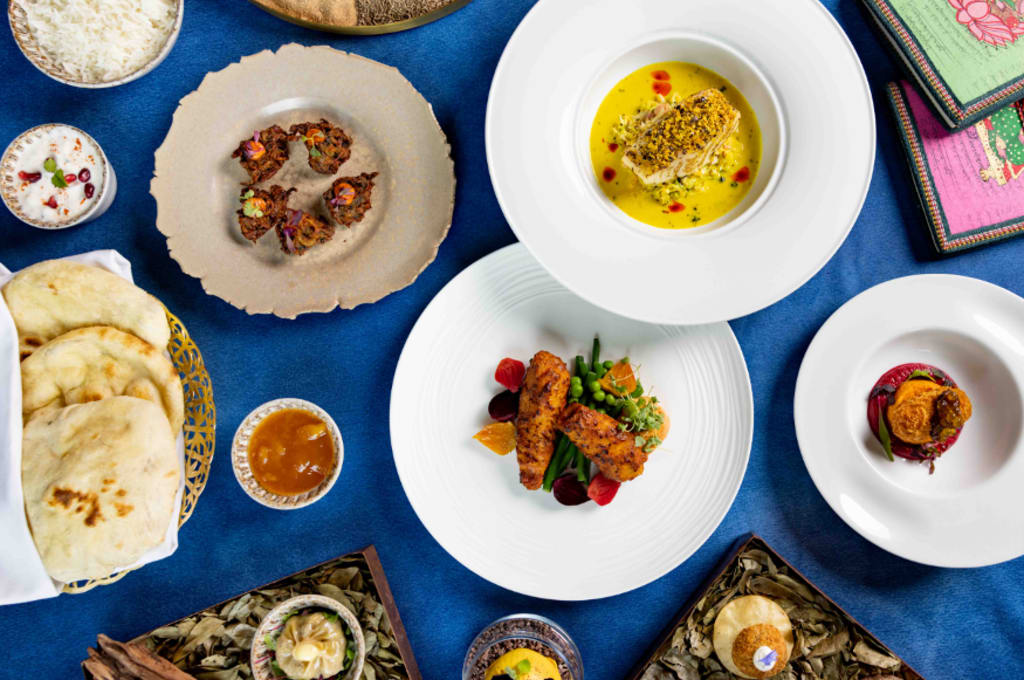
As Hindus all around the world prepare to mark the auspicious festival of Diwali, arrangements will be being made so that everyone can celebrate the festival of light. Normally seen as the victory of good over evil, there is an extremely auspicious and mythological story as to why we take part in the festivities that we do at this time of year.
As the story goes, Diwali marks the day Rama, Sita and Lakshmana return to Ayodhya after 14 years in exile. Exiled by his own father King Dasharatha, Rama, his wife Sita and his brother, Laxmana, face various hardships as they travel through the forests. In exile, Sita is kidnapped by the powerful demon king Ravana. s
To mark the festival of light, people usually hold family gatherings and hold special Diwali pujas in which they must all wear new clothes and take out all opf their jewellery and finery so that it it is on display for everyone to see. They also pray for good health and fortune so that they can remain lucky in the future and ensure that there are no bad spirits around to take over our bodies in any way.
Events are arranged which include having dozens of flickering lamps and large bunches of beautiful flowers which help to remove all the bad energy and spirits to ensure that everyone remains healthy and has good fortune. They also recite prayers and mantras which help to make sure that God is always around and able to help us solve our problems when ever we may have them. These usually have lots of personal significance for everyone taking part.
Around the world, people usually attend large firework displays which help to ensure that the lights stay bright and the noises help to frighten any bad spirits away. Other ways people can celebrate Diwali include having children in Bhubaneswar marked a “Green Diwali” with eco-friendly earthen lamps.
Diwali, also known as Deepawali, is a five-day-long festival celebrated by Hindus, Jains, Sikhs and some Buddhists. It takes place every autumn between October and November, with the date changing every year.
The main celebrations occur on the third day of Diwali, the darkest day of the month, coinciding with the Hindu lunisolar calendar. Goddess of fortune, prosperity and wealth, Lakshmi is the primary deity worshipped during Diwali.
Diwali is usually a five day festival which help to ensure the significance of different themes are observed properly and respectfully. These rituals vary by different regions but more often than not they concur with the new moon. This helps to maintain a regular cycle and ensure that everyone is on the same page.
In the lead-up to Diwali, celebrants may prepare by cleaning and decorating temples, as well as their homes and workplaces. Places are brightly illuminated with candles and oil lamps, and devotional offers (puja) are made. People also often wash themselves with water and fragrant oils, or wear adornments and new, fine clothes.
Families may organise feasts in which sweets (mithai) and gifts are shared. Many cities, towns and villages set off fireworks in the evening and hold fairs (melas).
However, the way Diwali is celebrated today may be very different depending on people’s culture, heritage or religious faith.
Shared rituals and ceremonies, such as those that take place at Diwali, can offer us a sense of belonging,” explains Mehala Ford, the founder of COMMONGROUND& and the host of the National Maritime Museum’s 2023 Diwali celebrations.
“New rituals and ceremonies are emerging and old ones are being revised to include people who do not identify themselves as traditionally religious, bringing people together based on a sense of community, rather than shared religious beliefs.”
In the UK, festivities are held around the country which help to ensure that everyone is involved and can associate with their friends and family.